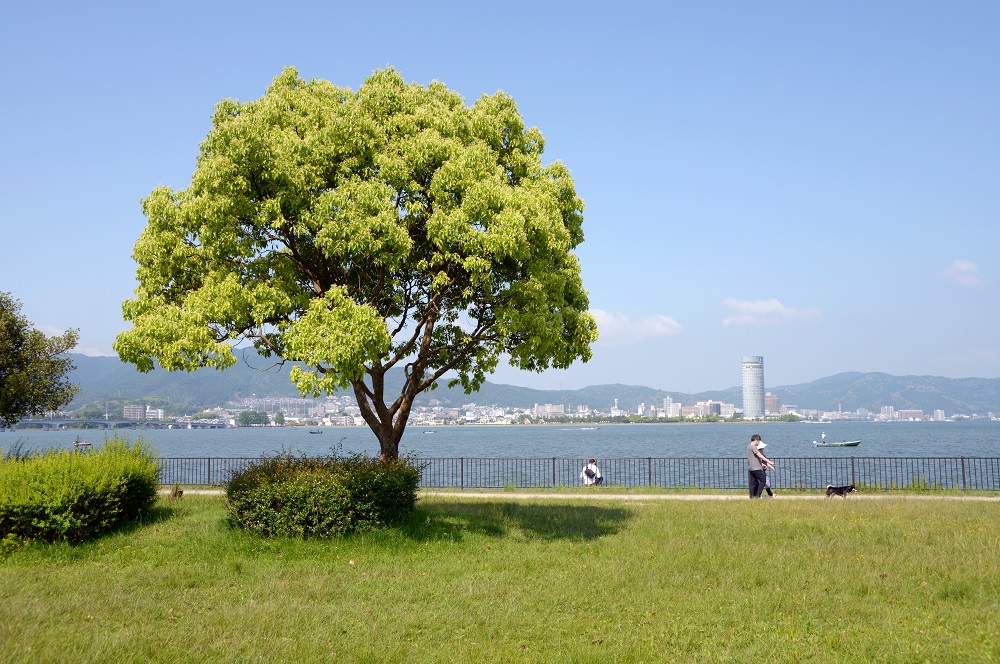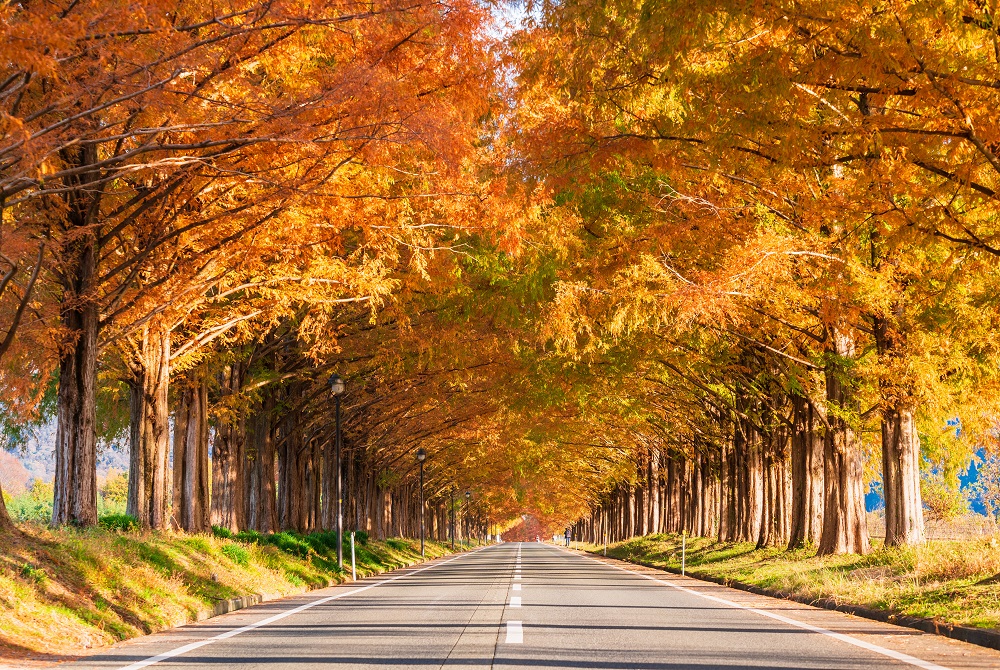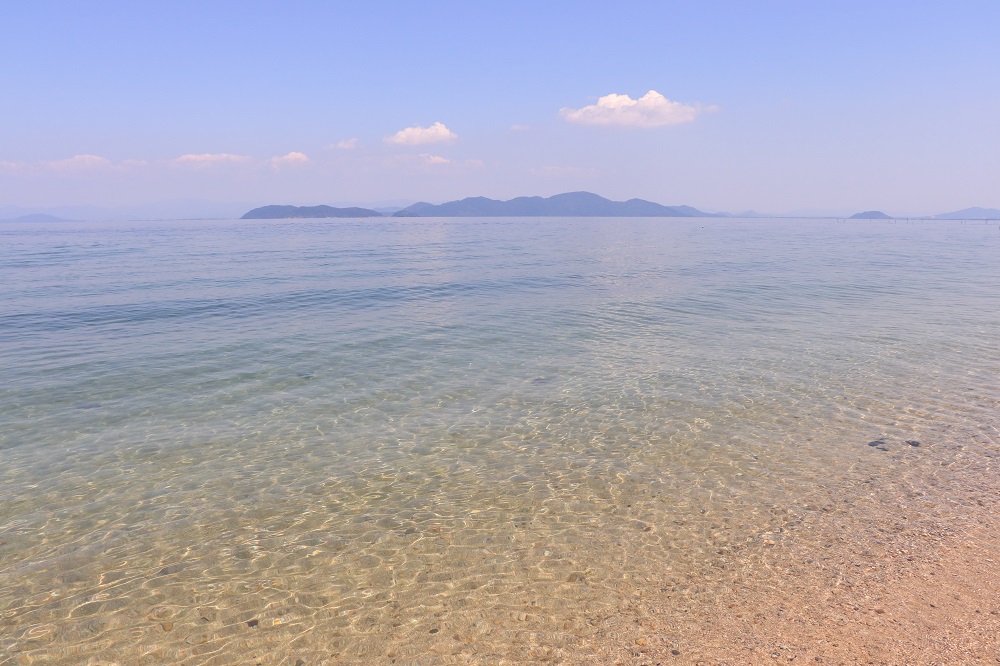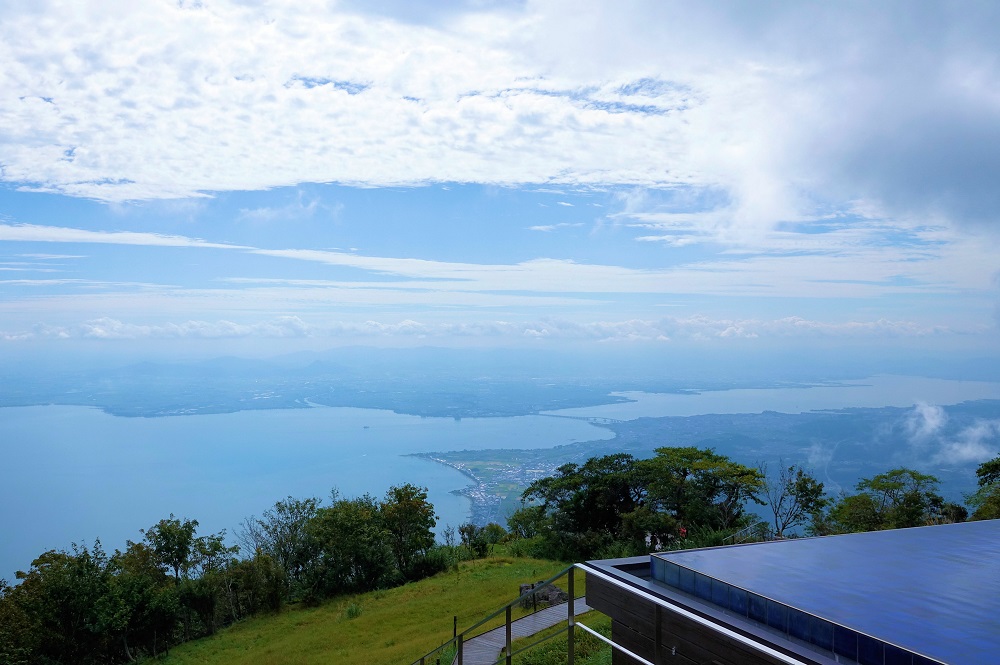The pride of Shiga Prefecture, Lake Biwa, is the largest freshwater lake in Japan. It is also the oldest lake in the country with a history dating back as far as four million years, and is one of the 20 ancient lakes in the world. As the home of over 1,700 species of aquatic plants and animals, including over 60 endemic species, Lake Biwa is an invaluable natural environment. The lake is also a critical source of water used for daily life and industry not only by residents of Shiga Prefecture, but also by many people living in Osaka, Kyoto, and other parts of the Kansai region.

Lake Biwa, the largest lake in Japan, spans an impressive area of approximately 670 km2. With a shoreline extending around 235 km, and a maximum depth of approximately 104 m deep, the lake has a water storage capacity of 27.5 billion m3. The origins of Lake Biwa date back around four million years when it began as a shallow, narrow lake called Lake Oyamada near present-day Iga City, Mie Prefecture. Since then, fault activity caused the lake to gradually change shape and move. Although it constantly moved for a long period of time, the Lake Biwa that we know today has maintained its current position for about 400,000 years. While ordinary lakes tend to disappear after about 10,000 years due to the effects of sedimentation, Lake Biwa possesses global value with its history of more than four million years, making it one of only 20 ancient lakes in the world.

Lake Biwa has an extremely long history dating back about four million years to its birth as Lake Oyamada and about 400,000 years as Lake Biwa in its current form. Down through the ages, some organisms have evolved in their own unique ways, giving rise to many endemic species unique to Lake Biwa. Currently, Lake Biwa is home to more than 1,700 species of aquatic plants, of which more than 60 are endemic, including early endemics such as the ”Biwa-Higai” (Sarcocheilichthys variegatus microoculus) and "Sugomoroko," (Squalidus chankaensis biwae,) a minnow, as well as relict endemics such as the Biwako giant catfish (Silurus biwaensis) and "Gengorobuna," or Japanese crucian carp. At the Lake Biwa Museum in Kusatsu City, families can enjoy learning about the origins of Lake Biwa and the relationship between people and the lake's inhabitants.

On weekends and holidays, many tourists from nearby areas flock to Lake Biwa to enjoy camping, barbecues, and other recreational activities. Lake sports such as yachting and canoeing are popular, and the beaches for swimming and marinas attract about 700,000 people each year. Lake Biwa is about 235 kilometers in circumference and can be circled by bicycle in two days and one night. The act of cycling or walking around the lake is called "Biwaichi," meaning "One lap around Lake Biwa." A trip around Lake Biwa is bound to give you a sense of just how vast the lake is.
■From Tokyo
From JR Tokyo Station, take the Tokaido Shinkansen to JR Kyoto Station (approx. 2 hrs. 18 min.), transfer to the JR Biwako Line and get off at Otsu Station (approx. 10 min.)
■From Nagoya
From JR Nagoya Station, take the Tokaido Shinkansen to JR Kyoto Station (approx. 36 min.), transfer to the JR Biwako Line, and get off at Otsu Station (approx. 10 min.)
The area surrounding Lake Biwa can be accessed by using the JR Kosei Line, JR Tokaido Main Line, and JR Hokuriku Main Line.
At the Lake Biwa Museum of Shiga Prefecture, visitors can learn about the history of Lake Biwa and the people that inhabit its surrounds, and actually see the creatures that live in the lake. The Aquarium exhibition room occupies an area of approximately 2,000 m2, making it one of the largest freshwater creature exhibits in Japan. Visitors can not only see, but also touch, smell, and use all their five senses to experience the nature, creatures, and lifestyle that thrive around Lake Biwa.

Approximately 500 Metasequoia (Dawn Redwood) trees are planted along a 2.4 km stretch, creating a picturesque sight perfectly complementing the mountains in the distant background. In spring, the leaves of the Dawn Redwood appear in a brilliant green color which grows deeper as the summer days lengthen, then finally bright red in the fall. Even in wintertime, after the trees have lost their leaves, the Avenue of Metasequoias offers an enchanting vista of snow-covered trees, so visitors will never be disappointed by a visit regardless of the season.

This pristine oasis is characterized by its 4-km-long white sandy beach and crystal clear water. Unlike saltwater, swimming at this freshwater haven does not leave you with a sticky feel afterward, making Omi-Maiko Beach a popular spot for families. Particularly in the summertime, this beach is abuzz with people enjoying windsurfing and swimming.

Lake Biwa Valley is a resort located 1,100 meters above sea level overlooking Lake Biwa, with an abundance of restaurants, stores, and activities, including the Lake Biwa Terrace, where visitors can relax and enjoy the spectacular scale and power of Lake Biwa. In winter, as a ski resort on the outskirts of Otsu City, it offers a variety of fields that can be enjoyed by beginners and experts alike, as well as cherry blossoms in the springtime and autumn foliage in the fall.

Chikubu Island is a small island around 2 km in circumference floating in Lake Biwa. The island has long been worshipped as a sacred place where gods reside, and in recent years it has become one of the most popular power spots in Lake Biwa. Despite its small size, the island is a sightseeing spot packed full of attractions, such as buildings designated as national treasures and important cultural assets. Nagahama City, from which boats depart for Chikubu Island, can be reached in a little over an hour by train from Nagoya, so we urge you to include a trip to Chikubu Island in your travel itinerary!